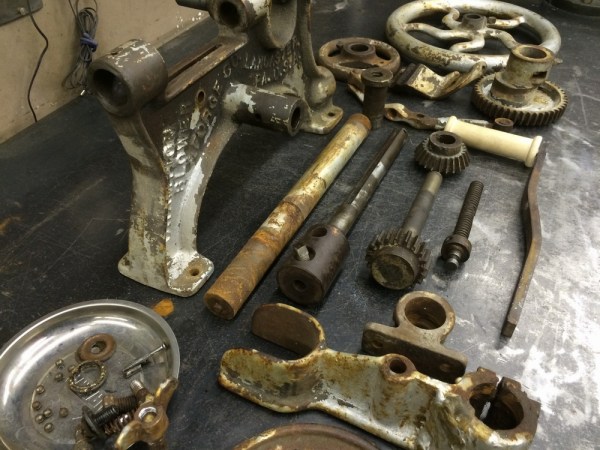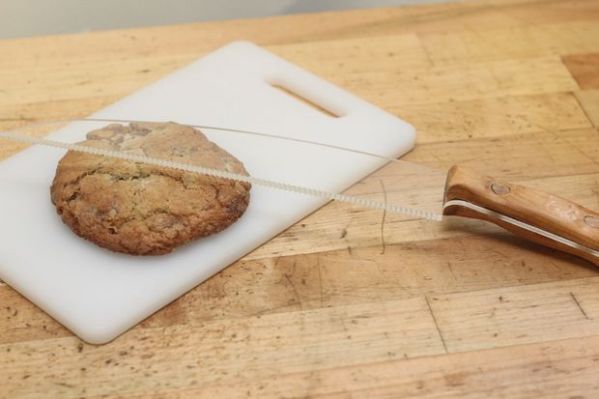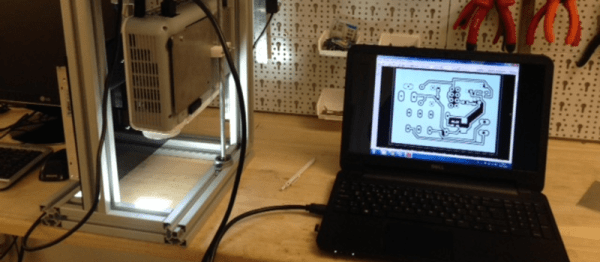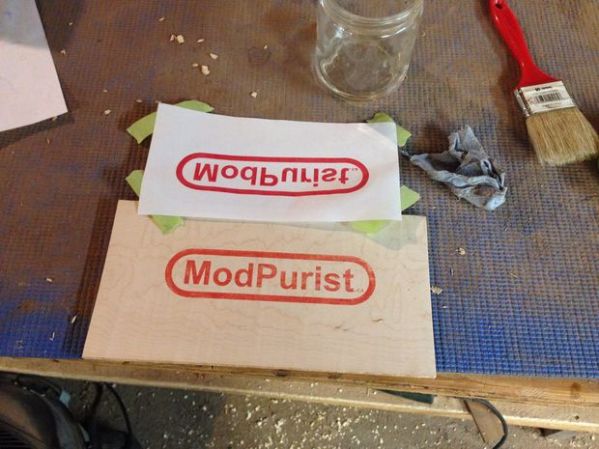Here’s a tale that warms our hearts. [Gord] is helping out the local living-history museum by rehabbing a historic woodworking tool that they want to add to their live demo woodshop. It’s a hundred-year-old manual drill press that has seen a ton of use.
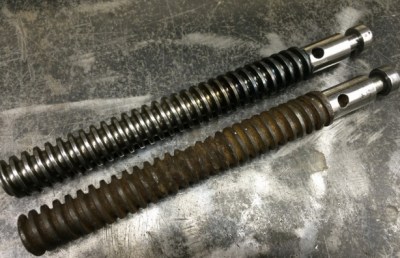 There are three things that [Gord] has going for him. First off, the Champion Blower and Forge Co. built them to last. Second, he’s not really working on a deadline; the museum doesn’t need it back until May. And third, [Gord] has the tools he needs to do this right.
There are three things that [Gord] has going for him. First off, the Champion Blower and Forge Co. built them to last. Second, he’s not really working on a deadline; the museum doesn’t need it back until May. And third, [Gord] has the tools he needs to do this right.
After cleaning and blasting [Gord] gets down to the really interesting repairs. First off, it wouldn’t be a drill press if someone hadn’t tried to drill through the table at some point. TIG welding filled it up and some milling brought it back. This same method was used again to make a beautiful custom replacement ACME rod. Throwing in a custom bushing replacement, turned wooden handle, and a several other fabricated parts, and [Gord] had the press working again. Check out the mechanism in the video below that shows the crank action turns the bit and a cam advances it through the work piece.
Continue reading “Rehabbing An Historic Tool From Champion Blower And Forge Co.”

